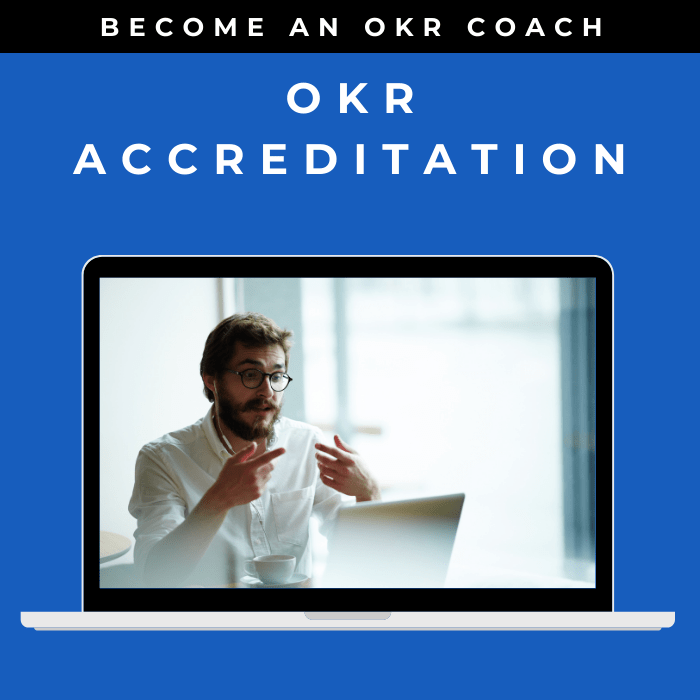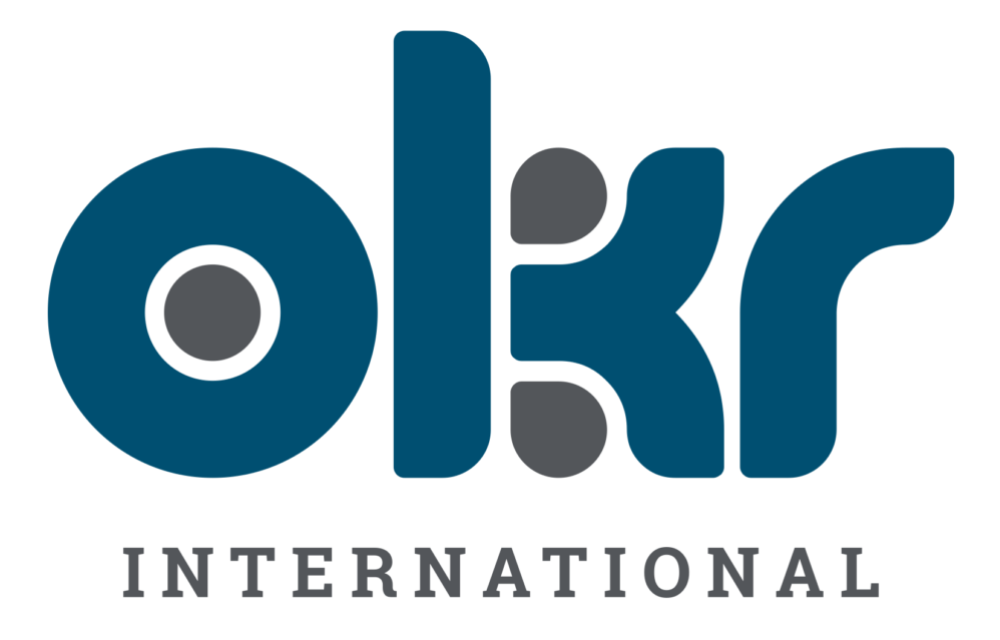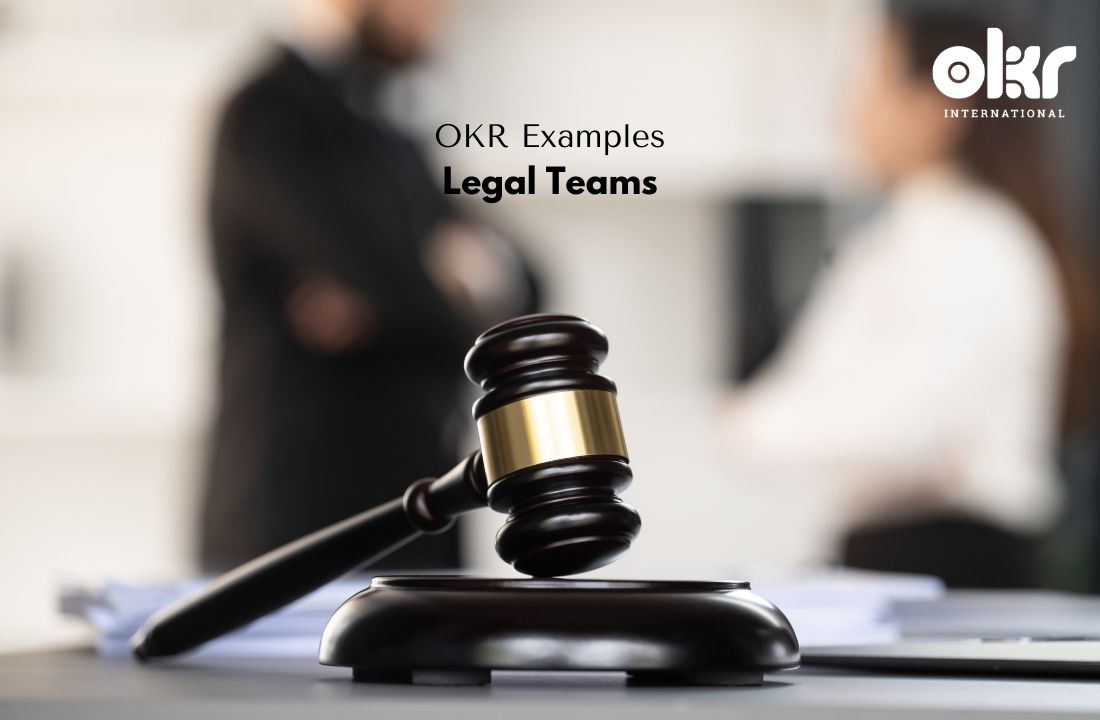10 Thoughtful OKR Examples for Legal Teams
The legal sector plays a crucial role in providing legal advice, representation, and compliance services to organizations. Objectives and Key Results (OKRs) can be valuable tools in driving performance and success in the legal sector. Here, we present ten thoughtful OKR examples in the legal sector, offering insights for organizations aiming to excel in their legal functions and achieve their objectives.
1. Enhancing Legal Compliance
Objective: Ensure compliance with applicable laws, regulations, and internal policies.
Key Results:
- Conduct a comprehensive legal compliance audit and address 5 identified gaps within the next quarter.
- Achieve a 100% completion rate of mandatory compliance training for all employees.
- Reduce the number of legal compliance incidents by 25% within the next six months.
2. Strengthening Contract Management
Objective: Improve the efficiency and effectiveness of contract management processes.
Key Results:
- Implement 1 centralized contract management system to streamline contract creation, negotiation, and storage by 65%.
- Reduce the average contract review and approval time by 20%.
- Increase contract compliance rate to 95% or higher.
3. Enhancing Intellectual Property Protection
Objective: Safeguard intellectual property rights and minimize infringement risks.
Key Results:
- Conduct 1 intellectual property audit and develop a comprehensive protection strategy by the next quarter.
- Reduce the number of intellectual property infringement cases by 15% within the next fiscal year.
- Increase the number of registered trademarks and patents by 10%.
4. Improving Legal Risk Management
Objective: Identify and mitigate legal risks to protect the organization’s interests.
Key Results:
- Implement 1 legal risk assessment framework to proactively identify and prioritize legal risks.
- Develop and execute 3 risk mitigation strategies for high-priority legal risks within defined timelines.
- Reduce the financial impact of legal disputes by 15% through early resolution or favorable settlements.
5. Enhancing Regulatory Advocacy
Objective: Monitor regulatory developments and actively engage in shaping favorable regulations.
Key Results:
- Establish 1 regulatory monitoring system to track relevant changes and updates.
- Engage in 2 industry associations or advocacy groups to influence regulatory decisions.
- Achieve a75% success rate in advocating for favorable regulatory outcomes.
6. Strengthening Legal Research and Analysis
Objective: Enhance legal research capabilities to provide accurate and timely legal advice.
Key Results:
- Implement 3 advanced legal research tools and resources to improve research efficiency.
- Increase the accuracy and relevance of legal advice by 20%, as assessed by internal feedback or client satisfaction surveys.
- Develop 1 knowledge management system to capture and share legal insights and precedents.
7. Enhancing Data Privacy and Security
Objective: Ensure compliance with data privacy regulations and protect sensitive information.
Key Results:
- Implement 1 comprehensive data privacy program, including policies, procedures, and training.
- Achieve 90% compliance with applicable data privacy regulations, such as GDPR or CCPA.
- Reduce the number of data breaches or incidents involving sensitive information by 25%.
8. Improving Litigation Management
Objective: Effectively manage legal disputes and minimize potential liabilities.
Key Results:
- Develop 1 litigation management framework to streamline case management and reporting.
- Increase the success rate of litigation cases or favorable settlements by 15%.
- Reduce litigation costs by 20% by implementing alternative dispute resolution methods where appropriate.
9. Enhancing Legal Department Efficiency
Objective: Improve the efficiency and productivity of the legal department.
Key Results:
- Implement 2 legal workflow automation tools or systems to streamline routine legal tasks.
- Reduce the average response time for legal inquiries or requests by 20%.
- Achieve a 60% utilization rate of legal department resources through effective workload management.
10. Promoting Legal Training and Professional Development
Objective: Foster the growth and development of legal professionals.
Key Results:
- Provide ongoing legal training programs to 100% of leadership in order to enhance legal knowledge and skills.
- Support 100% of professional development opportunities, such as attending legal conferences or obtaining certifications.
- Achieve a 20% higher employee satisfaction rate with legal training and development initiatives.
By adopting these OKR examples in the legal sector, organizations can improve legal compliance, enhance contract management, safeguard intellectual property, mitigate legal risks, advocate for favorable regulations, strengthen legal research capabilities, ensure data privacy and security, streamline litigation management, enhance department efficiency, and promote professional development. These strategic objectives and key results serve as guiding principles for organizations seeking to excel in their legal functions and drive long-term success.

When looking to set OKRs, it’s natural to want examples to ignite the thought process or simply compare yours to OKR Examples. Check out our compendium of OKR Examples here.
Explore Our Range of Services
Bring OKRs (Objectives and Key Results) to your organisation with our tried & tested OKR Framework.


OKR International’s highly acclaimed Certified OKR Practitioner Program is the first and only OKR accreditation endorsed by ICF & HRCI for continuing education units.
OKR International helps leaders create the alignment, engagement and result orientation needed for growth by offering OKR Advisory services.



